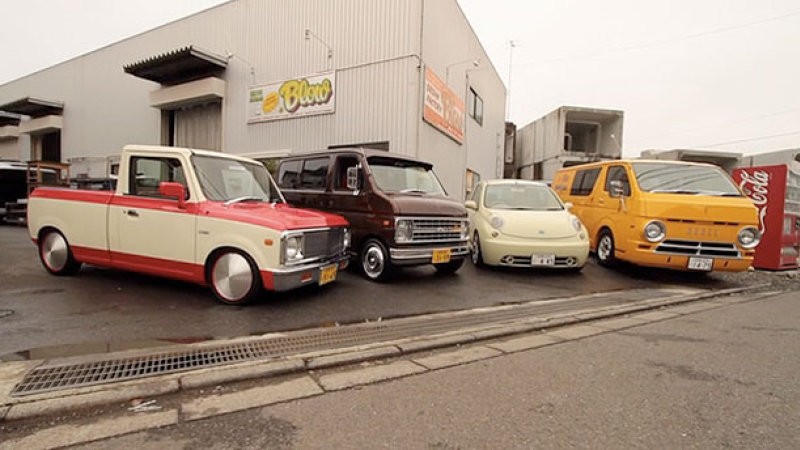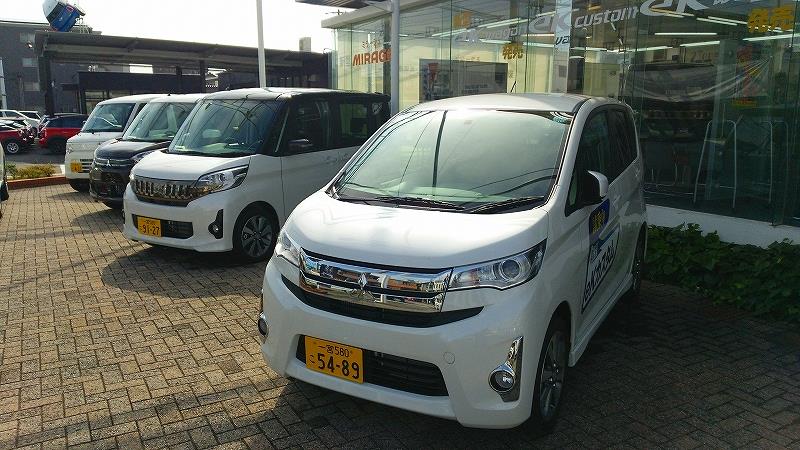In Japan, there is a category of cars called Kei Car (軽自動車, Keijidōsha), which are ultra-compact vehicles with an engine of only 0.6 liters, designed to be economical, affordable, and perfectly suited to the needs of Japanese traffic. These automobiles are incredibly popular in the country due to their efficient design and economic advantages, despite not being as successful in other countries.
If you think your 1.0 car is small and modest, Kei Cars will surprise you even more. Manufactured by renowned brands like Daihatsu, Honda, Mazda, Mitsubishi, Nissan, Subaru, and Suzuki, these vehicles are highly valued in Japan for their practicality and efficiency. They not only represent a cheaper alternative but also a lifestyle that values safety, economy, and respect for traffic regulations.

Table of Content
Why Kei Cars Are Popular in Japan?
Economic and Environmental Benefits
One of the main reasons for the popularity of Kei Cars in Japan is the economy. These vehicles offer impressive fuel efficiency, being able to achieve up to 30 km per liter, which makes them perfect for urban environments. Additionally, the tax burden and the taxes on these cars are significantly lower. This includes cheaper insurance, reduced taxes, and lower maintenance costs.
Kei Cars are so compact that they have access to exclusive parking spaces, often located in convenient areas of the cities. Since Japanese streets are narrow and densely populated, the ability to park and maneuver easily is a huge advantage.
Technical specifications
For a car to be classified as Kei Jidousha, it must meet specific criteria:
- Maximum length: 3.4 meters;
- Maximum width1.48 meters;
- Motor: up to 660ml (0.66 liters) with power limited to 64 horsepower.
Despite these restrictions, Kei Cars come equipped with various modern technologies. Many models have features like forced induction in the engine, CVT transmission, four-wheel drive, air conditioning, GPS, and even advanced safety systems. These cars also show satisfactory results in crash tests, proving that size isn't everything when it comes to safety.

Variety and Versatility of Kei Cars
Different Models for Diverse Needs
Contrary to what many think, Kei Cars are not just two-seater vehicles. The category includes an impressive variety of designs and functionalities, such as:
- Microvans: that can accommodate up to four passengers and offer considerable space for luggage.
- Pickups: used in rural areas, ideal for agricultural tasks or the transport of light loads.
- Four-seat compact cars: perfect for small families or daily use.
These vehicles are so well-designed that, even with a 660cc engine, they deliver a comfortable and safe driving experience. Japanese top-notch engineering ensures that they are sturdy, even with a smaller engine.

Identification and Prices
Kei Cars are easily recognized by their yellow plates, which indicate their special status in the Japanese registration system. If you think these cars are extremely cheap, you are right. A new Kei Car can be purchased for around 600,000 yen (approximately 10,000 dollars). And if the budget is tight, used models can be found at extremely affordable prices — around a thousand dollars for older vehicles.
Why Kei Cars Don't Work in Other Countries?
Market Limitations
If you dream of having a Kei Car in the West, you might need to rethink the idea. Several factors make these vehicles impractical outside of Japan:
- Road conditionsIn countries like Brazil, the streets are full of potholes and speed bumps, and Kei Cars, with small wheels (usually 13-inch or smaller), may struggle to handle these uneven surfaces.
- Taxes and regulationsThe tax advantages that make Kei Cars attractive in Japan would likely not apply in Western countries. In Brazil, for example, vehicle taxes are high, and importing cars can be expensive and bureaucratic.
- Driving cultureBrazilians generally prefer more powerful cars, and the more aggressive driving style can be dangerous for such light vehicles. While in Japan safety and careful driving are priorities, in Brazil, Kei Cars would be more exposed to risks.
Adaptation to Japanese Culture
The Kei Cars concept makes sense in Japan, where people value compact space, efficiency, and safety. The organized traffic and well-maintained roads are perfect conditions for these small automobiles. Moreover, the average size of the Japanese population and the compact houses make these vehicles even more suitable.
If you really love Kei Cars, the best option would be to move to Japan, where they function perfectly and integrate into the local lifestyle.
